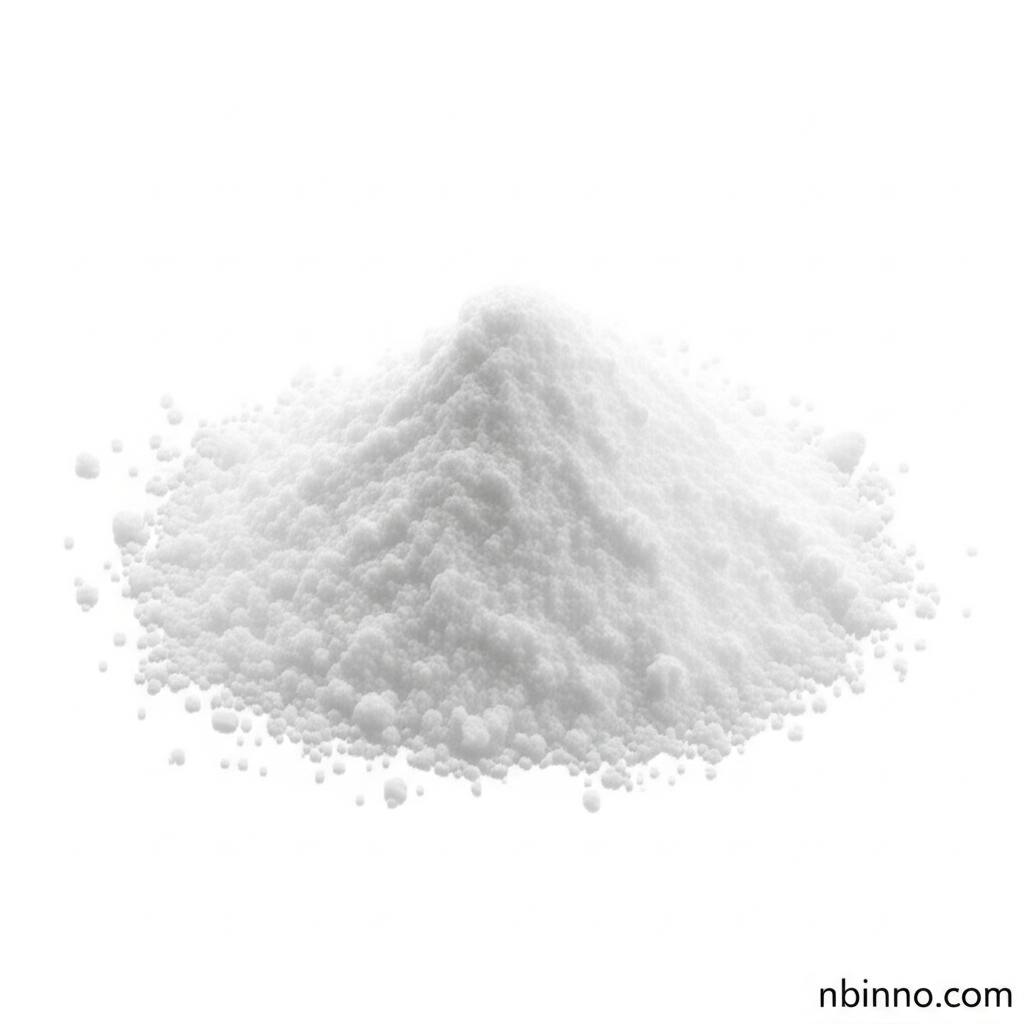Tri(o-tolyl)phosphine: A Versatile Organophosphorus Ligand for Catalysis and Organic Synthesis
Discover the core value of Tri(o-tolyl)phosphine in advancing chemical processes and material science.
Get a Quote & SampleProduct Core Value

Tri(o-tolyl)phosphine
Tri(o-tolyl)phosphine is a significant organophosphorus compound characterized by its white crystalline powder appearance and a melting point typically between 123-125°C. It plays a vital role as an electron donor ligand, forming stable complexes with transition metals such as palladium and platinum. This makes it indispensable in homogeneous catalysis, facilitating various coupling reactions and regulating the electronic and spatial environment at the metal center.
- As a key component in homogeneous catalysis, Tri(o-tolyl)phosphine is instrumental in driving efficient coupling reactions, enhancing both reaction rates and selectivity in organic synthesis.
- The compound serves as a phosphorus source or surface ligand, enabling precise regulation in the growth of nanocrystals, which is crucial for developing advanced materials.
- Its utility in organic synthesis stems from its ability to fine-tune the catalytic activity of transition metals, offering chemists greater control over synthetic pathways.
- Tri(o-tolyl)phosphine is essential for constructing phosphorus-containing ligands used in luminescent or catalytic materials, expanding possibilities in material science.
Key Advantages
Enhanced Catalytic Activity
Leveraging Tri(o-tolyl)phosphine as a ligand significantly boosts the performance of transition metal catalysts, particularly in organic synthesis and coupling reactions, leading to higher yields and purities.
Tailored Material Properties
When used as a phosphorus source or surface ligand, it allows for precise control over nanocrystal growth, contributing to the development of materials with tailored electronic and optical properties.
Versatile Synthesis Tool
Its adaptability in various catalytic processes makes Tri(o-tolyl)phosphine a versatile tool for chemists, enabling innovative approaches to complex molecule synthesis and accelerating research and development.
Key Applications
Coordination Chemistry
As an electron donor ligand, Tri(o-tolyl)phosphine forms stable complexes with transition metals, crucial for understanding and developing new coordination compounds.
Homogeneous Catalysis
It is widely employed in homogeneous catalysis, particularly for coupling reactions, where it enhances reaction efficiency and selectivity, crucial for pharmaceutical and chemical industries.
Organic Synthesis
Tri(o-tolyl)phosphine helps regulate the electronic and spatial environment around metal centers in catalysts, offering precision in complex organic synthesis pathways.
Materials Science
Utilized as a phosphorus source or surface ligand, it plays a role in controlling nanocrystal growth, contributing to the development of novel luminescent or catalytic materials.
